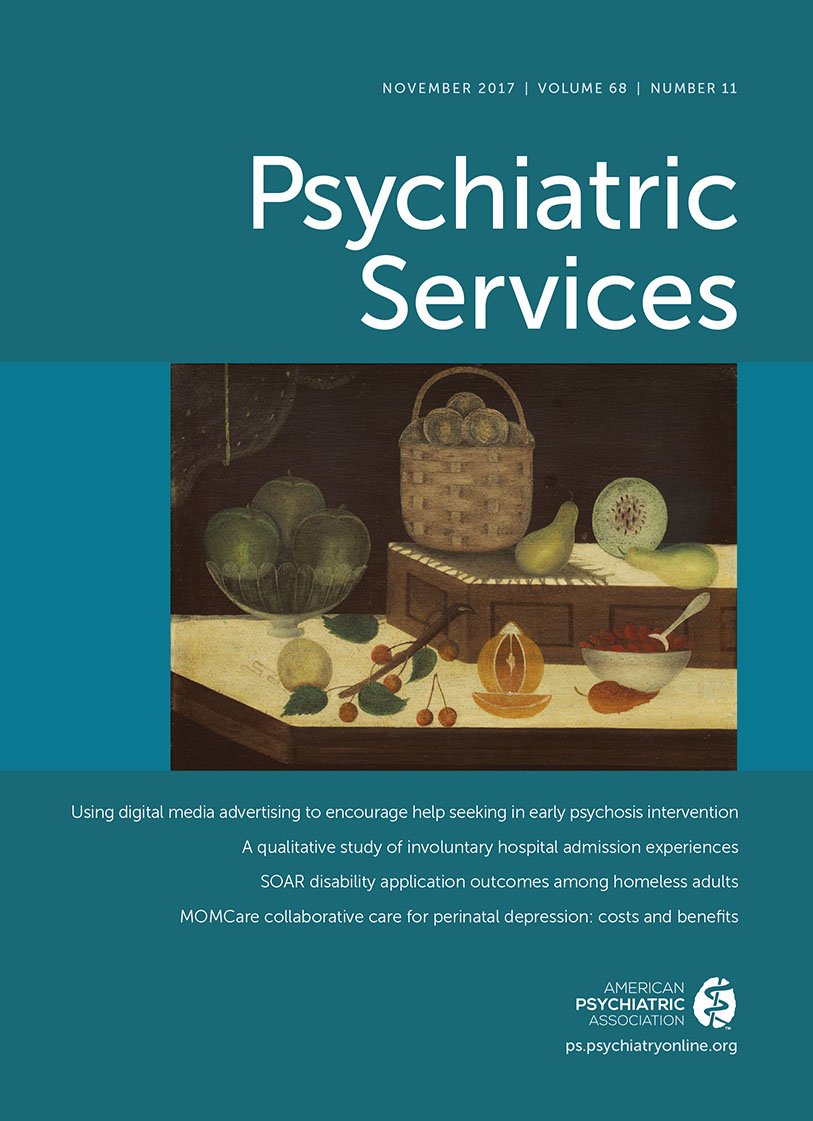Impact of State Psychiatric Hospital Waitlists on Monthly Admissions
Abstract
Objective:
This study estimated the effects of a waitlist policy on the monthly number and case mix of admissions to state psychiatric hospitals (SPHs) in North Carolina (NC).
Methods:
Descriptive analyses compared pre/postwaitlist differences in the monthly number and case mix of nonforensic adult admissions (N=72,035) to NC’s four SPHs by using data from the three years before and the three years after the waitlist announcement. Hospital-level fixed-effects regression models further evaluated the waitlist policy’s impact on the number and case mix of admissions.
Results:
Regression results confirmed that the waitlist policy was associated with both fewer admissions and changes to the case mix of admissions, including a 4.2% decrease in the percentage of monthly admissions by patients with diagnoses of substance abuse disorders (p=.002) across all months postwaitlist (partially offset by an increase of patients with diagnoses of severe mental illness alone).
Conclusions:
Waitlists led to reduced monthly admissions and altered case mix following implementation at NC SPHs.



